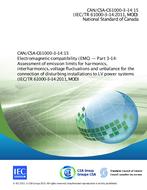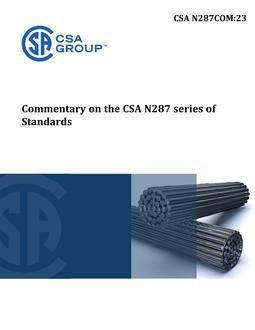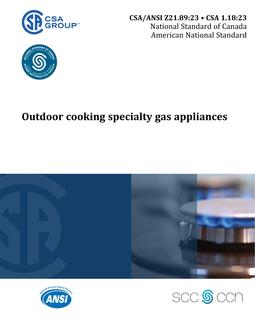
CSA C61000-3-14:15 (R2019)
- Comments Off on CSA C61000-3-14:15 (R2019)
- CSA
Click here to purchase
This part of IEC 61000, which is informative in its nature, provides guidance on principles that can be used as the basis for determining the requirements for the connection of disturbing installations to low voltage (LV) public power systems. For the purposes of this part of IEC 61000, a disturbing installation means an installation (which may be a load or a generator) that produces disturbances: harmonics and/or interharmonics, voltage flicker and/or rapid voltage changes, and/or voltage unbalance.
The primary objective is to provide guidance to system operators or owners for engineering practices, which will facilitate the provision of adequate service quality for all connected customer installations. In addressing installations, this report is not intended to replace equipment standards for emission limits.
NOTE 1 In this report, low voltage (LV) refers to Un ≤ 1 kV. This report addresses the allocation of the capacity of the system to absorb disturbances. It does not address how to mitigate disturbances, nor does it address how the capacity of the system can be increased.
This technical report only applies to installations connected to LV public power systems that supply or may supply other LV loads or installations. It is intended to apply to large installations exceeding a minimum size. This minimum size (Smin) is to be specified by the system operator or owner depending on the system characteristics.
NOTE 2 Due to this minimum size, this report generally does not apply to residential customer’s installations. This technical report is not intended to set emission limits for individual pieces of equipment connected to LV systems.
The emission limits for LV equipment are specified in the applicable IEC product family standards. The limits specified in these standards have been determined based on assumptions of the number, type and usage of equipment producing disturbances in an installation connected to a supply system and based on the reference impedance given in IEC 60725 considered to be representative of the source impedance for small residential installations. The assumptions may not apply to larger LV installations. Hence, the guidelines in this report are intended to provide methods for developing emission limits for such large installations.
NOTE 3 Compliance with emission limits determined by application of the methods in this report does not preclude any requirement to comply with equipment emission limits (as determined by national or regional regulatory requirements).
This technical report deals with low-frequency conducted disturbances emitted by LV installations. The disturbances considered are: – harmonics and interharmonics; – flicker and rapid voltage changes; – unbalance (negative-sequence component).
Since the guidelines outlined in this report are necessarily based on certain simplifying assumptions, there is no guarantee that this approach will always provide the optimum solution for all situations. The recommended approach should be used with flexibility and judgment as far as engineering is concerned, when applying the given assessment procedures in full or in part. The system operator or owner is responsible for specifying requirements for the connection of disturbing installations to the system. The disturbing installation is to be understood as the customer’s complete installation (i.e. including disturbing and non-disturbing parts). This report provides recommended procedures for developing emission limits for large LV installations. In order for any network operator or owner to fully apply this report, an expert would need to derive appropriate factors for the specific types of LV networks operated.
NOTE 4 Simplification of emission limits by setting one set of tables for all LV networks may, in some cases, result in excessively conservative limits. The main part of this report gives the general procedure to allocate emission limits for harmonics, voltage fluctuation and unbalance to large installations connected at LV.
Annexes to this report give additional information.
- Annex A gives a practical example of technical application at distribution expert level or national regulation level, in order to derive their own limits tailored on the specific characteristics of their networks from the general method.
- Annex B gives an example of practical application at distribution operator level for the connection of specific installations based on the local parameters of the LV network.
- Annex C and Annex D give details on the theoretical basis for the derivation and the understanding of the procedures in this report.
Product Details
- Edition:
- 1st
- Published:
- 09/01/2015
- ISBN(s):
- 9781488301001
- Number of Pages:
- 121
- File Size:
- 1 file , 1.7 MB
- Product Code(s):
- 2423990, 2423990, 2423990



